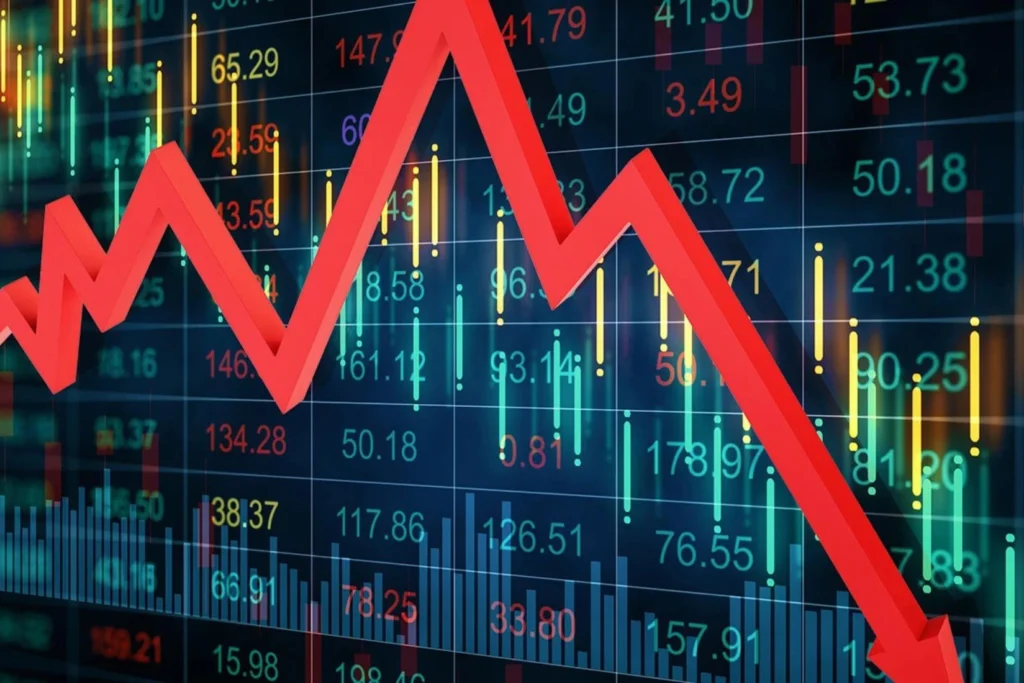Why I Use (and Sometimes Avoid) Stop-Loss Orders: A Closer Look
Let’s not sugarcoat it—trading can be ruthless. One day you’re riding high, the next, your portfolio’s bleeding red. That’s where the stop-loss order gets pitched as the responsible solution. And sure, it can help. But is it the genius tool some make it out to be? I’m not entirely convinced.
So, What Is a Stop-Loss Order?
In simple terms, it’s an automatic instruction to sell a stock when its price falls to a specific point. The moment that price hits, your broker attempts to sell the stock at the best available price. It’s meant to cap your losses and save you from “what if” scenarios that spiral into regret.
Example: Buy a stock at $50, place a stop-loss at $45, and if the price drops to $45, the sell order kicks in. On paper, it sounds like common sense. But like most things in finance, there’s nuance—and more than a few trade-offs.


The Upside: Why People Love Them
A stop-loss order can help take emotion out of the game. That’s no small thing. When a position turns against you, the worst decisions usually come from panic or pride. A pre-set exit point forces discipline.
It’s also useful for anyone who doesn’t want to live in a stock chart. Life happens—work, family, whatever. You don’t always have time to babysit a position. A stop-loss can step in when you’re not around.
And yes, it works across strategies. Whether you’re short-term swing trading or sitting on a longer-term position with trailing risk, the tool is adaptable. Plus, brokers don’t charge for placing a stop-loss—just executing it.
Now the Reality Check
Let’s be clear: a stop-loss doesn’t guarantee protection. That’s one of the biggest myths. The moment the price hits your stop, your sell becomes a market order—meaning it fills at whatever price is available. And in a fast-moving market, that “available” price might be significantly lower than what you had in mind.
Also, sometimes the market dips just enough to trigger your stop, only to bounce back moments later. Congrats—you’re out of the trade, missed the rebound, and all because the algorithm did exactly what you told it to. That’s not risk management—that’s frustration.
This is why some traders prefer stop-limit orders, where you can define the lowest price you’re willing to accept. But that opens a different can of worms: your order might not fill at all, leaving you stuck in a falling trade. Pick your poison.


When a Stop-Loss Makes Sense (and When It Doesn’t)
This isn’t a one-size-fits-all situation. In highly volatile trades—crypto, small caps, hyped-up earnings plays—a stop-loss can be a life jacket. One big swing and your entire gain (or worse, your capital) is gone. For those scenarios, it’s a no-brainer.
But if you’re holding high-quality companies for the long haul, I’d argue you’re better off without one. Great businesses recover. Selling during a dip just locks in a paper loss and keeps you out of the upside.
Also worth noting: stop-losses can affect your psychology. You might find yourself tightening stops too much out of fear, or over-managing trades because you’re constantly watching them hover near your threshold. It creates a loop of anxiety—and that’s no way to invest.
How to Use Them (Without Losing Your Mind)
So if you are going to use a stop-loss, make it thoughtful—not reactive. Here’s what I’ve learned:
- Don’t crowd the price. Giving your trade some breathing room often prevents premature exits.
- Use logical levels. Support zones, moving averages, or a certain percentage below your entry can all make sense—just avoid randomness.
- Match the method to the market. Volatile stocks require looser stops. Otherwise, you’ll just get whipsawed out constantly.
- Adjust as needed. This isn’t a fire-and-forget setting. If your trade develops, move your stop. Let winners run; don’t anchor them with a static exit.


The Bottom Line
A stop-loss order isn’t a silver bullet—and it certainly isn’t a substitute for knowing what you’re doing. It’s a tool. A useful one, yes, but like any tool, it’s only as good as the hand using it.
There are times I wouldn’t trade without a stop-loss—and times I’d never consider using one. It all depends on the asset, the risk, and the reason I’m in the trade in the first place.
So should you use one? Maybe. But only if you’ve thought through the implications, not just the theory. Because sometimes protection becomes limitation—and the smartest trade is trusting your plan, not just your exit.
Relevant Link : Understanding Stop-Loss Orders: A Smart Tool for Risk Management




